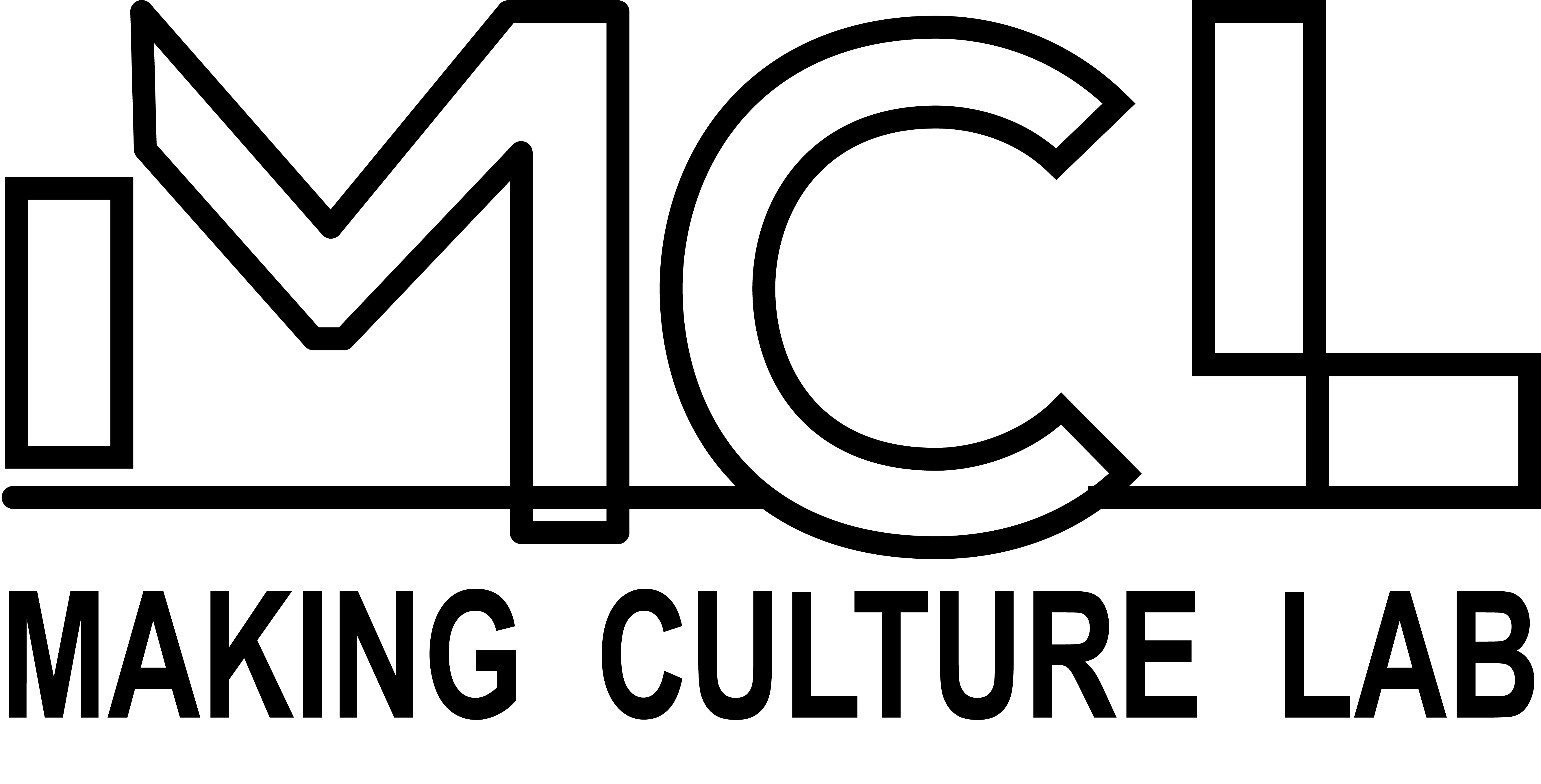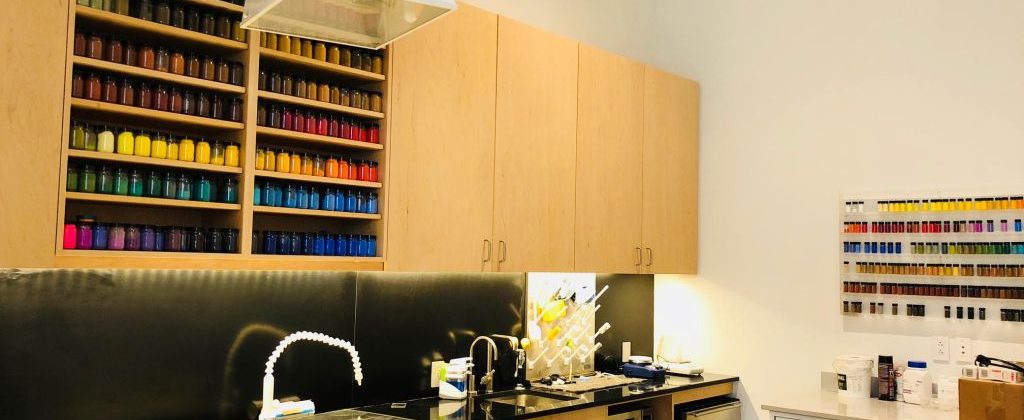Rachel Ward on her recent work with Small Data Industries and NDSR
A Tour of the Whitney Museum’s Conservation Lab
[Reposted from http://ndsr-pma.arlisna.org/2018/09/14/a-tour-of-the-whitney-museums-conservation-lab/]
My NDSR position at Small Data Industries began in July 2018 (blog post about our lab to follow!) and on my third day, I met with my ARLIS mentor Farris Wahbeh for our initial NDSR/ARLIS mentor meeting. Farris is head of Research Resources at the Whitney Museum of American Art, a dynamic and progressive position that oversees the museum’s archives, reference, periodicals, documentation, records management, and special collections. In other words, he works to unify all of museum’s resources, from printed artworks to digital records.


After our introduction, Farris led me on a fascinating behind-the-scenes tour of the museum, including the archives, library, conservation labs and the newly-built study center (a space where external researchers can physically interact with art in the collection) — all of which boast beautiful views of the city.


The conservation spaces are particularly innovative and inspiring — the labs meld together in an open floor-plan that fluidly and catalytically promotes trans-departmental conversations and collaboration. In other words, I observed oil paintings from the 1920’s alongside contemporary art and technical-mechanical pieces. In terms of the museum itself, Farris expounded upon the Whitney’s exceptional architecture — each side of its exterior mimics the defining features of the neighborhood below. (There is an impressive — and interactive — article about the museum’s architecture here).


Most significantly, upon entering Conservation, it was by fortuitous coincidence that we stumbled upon Richard Bloes, Senior Technician and Reinhard Bek, New Media Conservator fine-tuning a time-based media piece titled Searcher, 1966 by James L. Seawright — a 6-foot metal framework with plastic and electronic parts that senses and reacts to environmental light. We also explored the media conservation lab (the only room that has a door and lacks the floor-to-ceiling windows!). This is where digital art pieces are processed and archived upon acquisition.


I was truly stunned by the beautiful design of the museum and by the holistic, fluid boundaries — both physical and intellectual — between the labs and departments (what Farris’ amalgamate role directly advocates). Following the tour, Farris and I went to Fig and Olive to chat more about my project, my recent move to Brooklyn and my analogous PhD research. I am very appreciative to Farris for graciously offering to mentor me through my year with NDSR Art and for facilitating my relationship with the local ARLIS network. For our next meeting, Small Data very much looks forward to welcoming him to our lab in Industry City, Brooklyn!

